20 Essential Tips Every Homeowner Should Know Before Starting a DIY Project


We all want our homes to be safe, comfortable, and valuable places that we can take care of with ease. For most homeowners, this means doing some home improvement work on their own.
Having worked over 20 years in real estate as a landlord and investor, I’ve seen how much a homeowner’s knowledge can affect both the success of a project and the long-term worth of a home.
A 2024 report by the National Association of Realtors shows that most Americans do DIY projects to save money. But while these projects can be satisfying, they can also be tricky and costly if not done right.
Sadly, many DIY projects don’t go well. 80% of homeowners say they made mistakes during their work, and 45% admit to ruining a job they first felt sure about.
These mistakes can lead to expensive repairs, lower a home’s value, or even cause safety risks. This shows how important it is for homeowners to know some basic facts about their home before starting any work.
This guide lists 20 key things every homeowner should understand. Each point offers useful knowledge to help avoid damage, keep the home safe, and make smart decisions.
With a good grasp of these basics, you’ll be ready to handle projects confidently and steer clear of common mistakes many homeowners encounter.
Exterior Siding and Maintenance
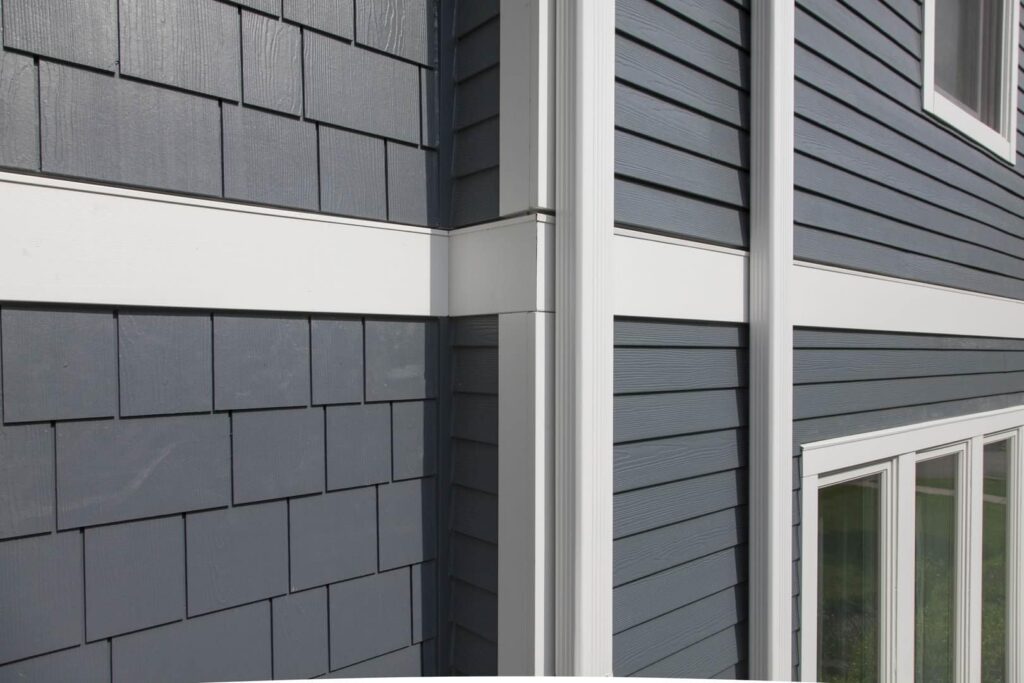
Siding shields the outside of your home against weather, and each type like vinyl, wood, or brick needs different care. Vinyl siding needs regular washing to stay clean, while wood siding might need repainting or staining to keep it safe from rain and sun.
Checking your siding often for cracks, mold, or damage helps it last longer and keeps your home safe from water and weather problems.
Landscaping Basics and Tree Placement

Trees, shrubs, and other landscaping elements add to your home’s curb appeal, but improper placement can lead to issues with your foundation, roof, or utilities. Tree roots can damage foundations and underground pipes, and branches too close to the house can scrape siding or clog gutters.
Understanding the impact of plant placement and growth on your home’s structure and systems allows for more thoughtful landscaping choices that won’t create future problems.
Outdoor Lighting, Gutter Systems, and Patio/Deck Maintenance

Keeping up with outside parts like lights, gutters, and decks is important to make sure your outdoor areas are safe and useful. Gutters guide rainwater away from your home, so cleaning them often stops blockages and water problems.
Outdoor lights help you see clearly and keep your home safe, and checking decks and patios for damage or rot helps catch problems early. Regular care of these parts keeps them working well, lasting longer, and keeps your home looking nice and valuable.
Natural Gas or Propane System Knowledge
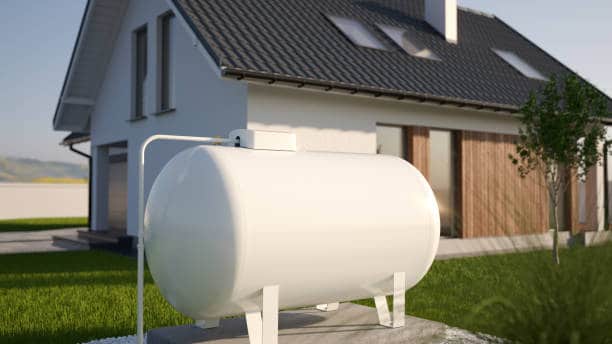
If your home uses natural gas or propane, understanding your gas system is crucial for safety. Knowing the location of your gas shutoff valve and how to turn it off can prevent disaster in case of a leak. This knowledge is especially valuable if you ever smell gas in your home.
Familiarizing yourself with the layout and operation of your gas or propane system will make it easier to detect problems early, keep appliances running safely, and handle emergencies confidently.
Fire Extinguishers, Smoke Detectors, and Carbon Monoxide Detectors

Every house needs working smoke detectors, carbon monoxide detectors, and at least one fire extinguisher within easy reach. These safety items might be forgotten but can save lives in an emergency.
People should put detectors in important spots, like bedrooms and kitchens, and test them often. Fire extinguishers should be suitable for usual house fires and kept near places where fires might start, like the kitchen and garage.
Checking them regularly and replacing them when needed helps keep these lifesaving tools ready to use.
Basic Roof and Wall Structure Knowledge

A basic understanding of your roof and wall structures is essential before attempting any major renovations. Roofs and walls support the structure of your home, and changes to them can affect stability.
Not all walls are equal, load-bearing walls provide crucial support, and removing one without proper support can lead to serious structural damage.
Similarly, knowing the materials used in your roof, like shingles or metal, helps homeowners plan for repairs, estimate the roof’s lifespan, and spot potential issues early.
Water Shutoff Valves & Electrical Panel Locations
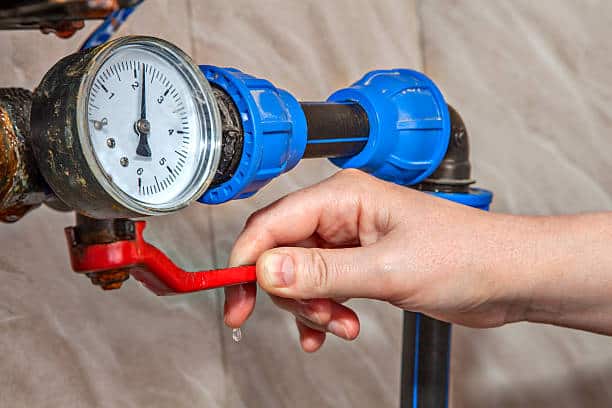
It is very important to know where the main water shutoff valve and electrical panel are in case of an emergency. If a pipe breaks or there is an electrical problem, turning off the water or electricity fast can stop big damage.
Every homeowner should find these main controls, check them often, and make sure the labels on each breaker in the electrical panel are easy to read.
This information is very helpful if you want to do plumbing or electrical work because turning off the right circuits and water supply is needed for safety.
Utility Entry Points & Routing (Water, Electrical, Sewer, Gas, Cable)
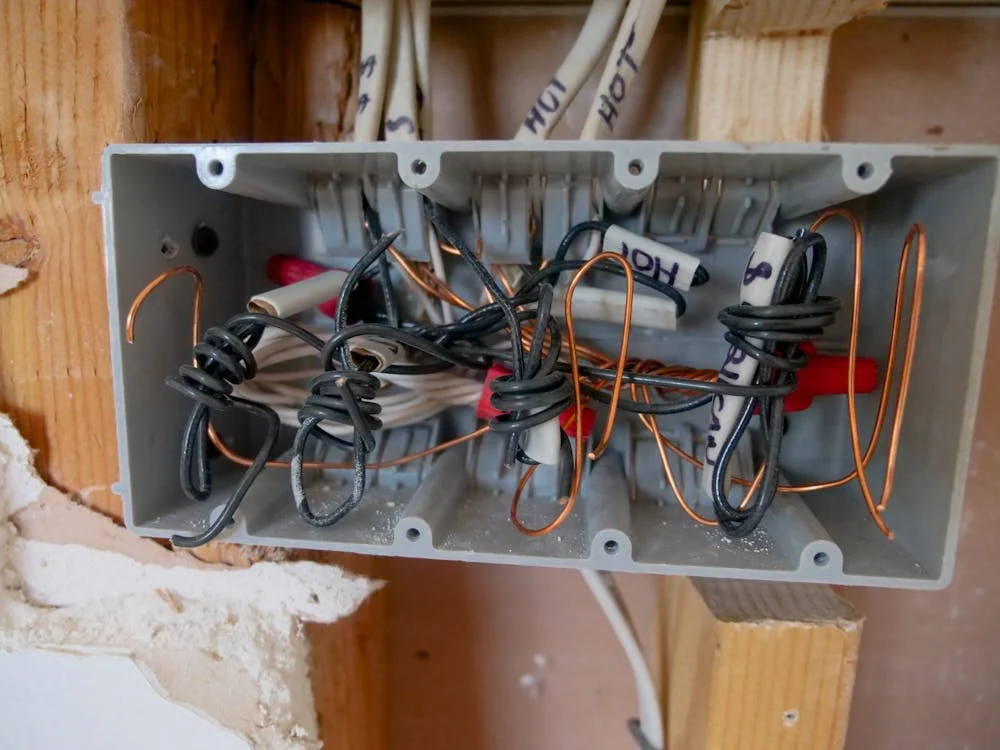
It’s important to understand where utilities enter your property and how they run to and through your home. This knowledge can help avoid major mistakes during yard projects or renovations, like accidentally damaging a gas line or water pipe while planting trees or digging trenches.
Homeowners should be aware of the general layout and placement of water, electrical, sewer, gas, and cable lines. Before starting any digging project, it’s a good idea to have utility companies mark the underground locations of these lines.
Septic vs. Sewer Systems

Knowing if your home has a septic system or is hooked up to a public sewer is important when planning any work that might affect waste handling. Septic systems need special care and upkeep, and some projects, like making a driveway bigger or building a patio, might cause problems for them.
On the other hand, homes connected to a city sewer system do not have these limits but need different kinds of care. Knowing what system you have will help you prevent expensive problems with drainage or your home’s foundation in the future.
Type of Foundation & Basement Conditions

The foundation is the backbone of your house, supporting everything above it. Different homes have different types of foundations, like concrete slabs, crawl spaces, or full basements, each with its own strengths, weaknesses, and maintenance needs.
Foundations require regular inspections for cracks or signs of water intrusion, which can lead to mold or structural issues if ignored.
Understanding the type of foundation and any potential issues, such as poor drainage or settling, helps homeowners take preventative action to maintain the stability and safety of the home.
Setback & Accessory Structure Requirements

Many cities and neighborhoods have rules about where you can put sheds, fences, or other buildings on your property. Setback rules say how far buildings must be from property lines, streets, or other buildings.
Not following these rules can cause fines or force you to take the building down. Homeowners who want to add a structure should check local zoning laws to make sure their plans follow the rules.
Knowing these rules will help you avoid expensive problems or changes.
 If you like what you are reading, then click like and subscribe to my newsletter. We share tips to waste less time and money.
If you like what you are reading, then click like and subscribe to my newsletter. We share tips to waste less time and money.
Age & Style of the House

Understanding your home’s age and architectural style can help guide you in maintenance and renovation decisions. Older homes often feature unique materials and design elements that may require specialized care, while newer homes tend to use modern materials that are easier to maintain.
Certain construction practices common in older homes, like lead paint or asbestos insulation, require extra caution during renovations. Knowing the historical or stylistic traits of your home can help preserve its character and avoid damage to its original features.
Insulation and Energy Efficiency Features

The insulation in your home affects how comfortable it is and how much you pay for energy, so it helps to know what type you have and where it is. Different insulation types, like fiberglass, foam, or cellulose, have different benefits and are used in parts of the home such as attics or walls.
Checking the state and place of your insulation can help save energy, keeping your home warmer in winter and cooler in summer. Homeowners who know about their insulation needs can make better choices to save energy.
Basic Knowledge of Wall and Ceiling Materials

The materials used in your walls and ceilings impact everything from hanging artwork to patching holes. Common wall materials include drywall, plaster, and occasionally wood paneling, each requiring a different approach to repairs and maintenance.
Understanding what type of wall you’re working with can help ensure that you use the right techniques and tools. For example, plaster walls in older homes may require specific repair materials and methods, while drywall is easier to patch and paint.
Types of Flooring and Their Maintenance Needs

Floors get a lot of use, and each kind, wood, tile, laminate, or carpet, needs different care. Hardwood floors might need regular polishing and sometimes refinishing, while tiles need grout cleaning and fixing if they crack.
Laminate and vinyl floors are tougher and need less care, so they are good for busy places. Knowing what kind of floor you have will help you clean and look after it well, keeping it looking good and lasting longer.
Window and Door Types and Care
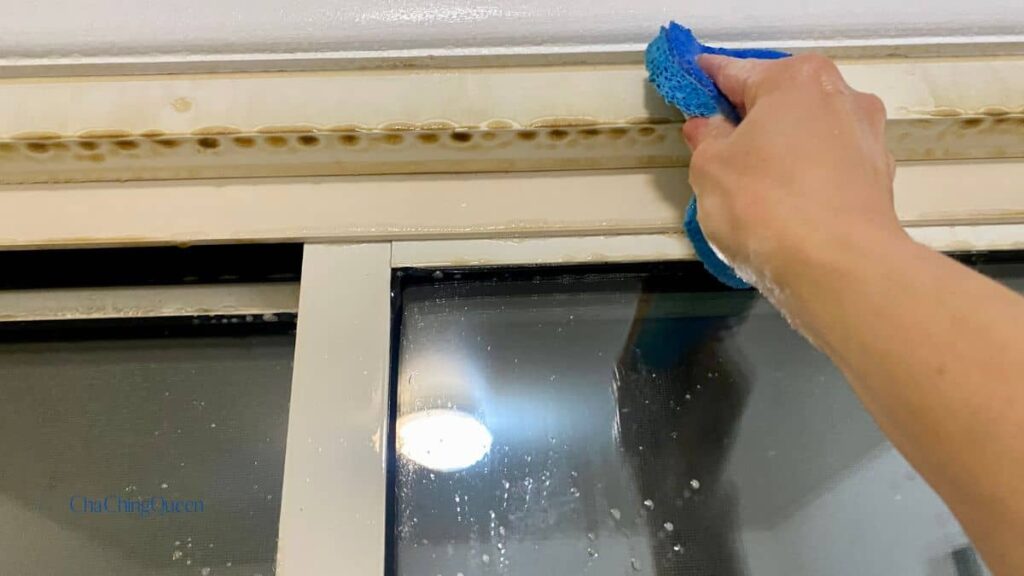
Windows and doors are important for your home’s energy efficiency, security, and comfort. Different types of windows, such as double-pane or single-pane, have different insulating qualities, and keeping them sealed and weather-stripped can prevent drafts and reduce energy bills.
Doors, especially exterior ones, benefit from routine checks for leaks or wear around frames. Regular maintenance, like cleaning tracks and checking for air leaks, can help ensure that windows and doors stay in good working condition.
Drainage and Grading Knowledge

Good drainage and proper sloping around your home’s base are very important to stop water damage. Bad drainage lets water collect near the base, which can cause problems like leaks, foundation cracks, and basement flooding.
Knowing how water moves near your home can help you make simple changes, like adding long downspouts or slight sloping, to guide water away. Watching these things can keep your foundation safe and stop moisture problems over time.
Wrapping Up Your Homeowner Essentials

These 20 key points give homeowners the basic information needed to look after and protect their home. Learning these facts helps avoid sudden problems, keep the home’s value up, and do DIY jobs more safely.
Even small tips, like knowing where utility lines run or how your foundation works, can help you make smart decisions.
With this basic knowledge, homeowners can live in a safer, well-kept home that is ready for any new projects.
 If you like what you just read, then subscribe to my newsletter.
If you like what you just read, then subscribe to my newsletter.
- 21 Reliable Duct Tape Tips to Fix, Build, and Rescue Quickly
- 20 Household Benefits of Banana Peels You Might Not Know About
AI was used for light editing, formatting, and readability. But a human (me!) wrote and edited this.






